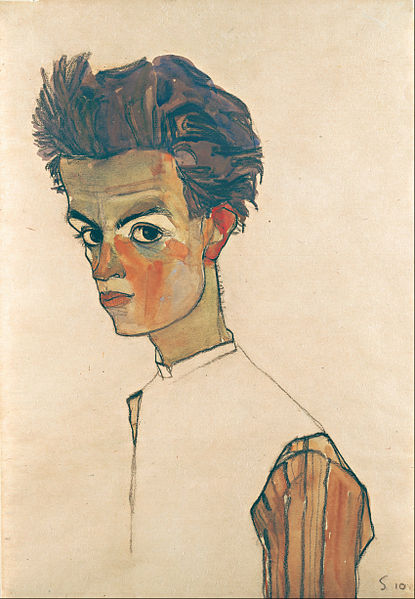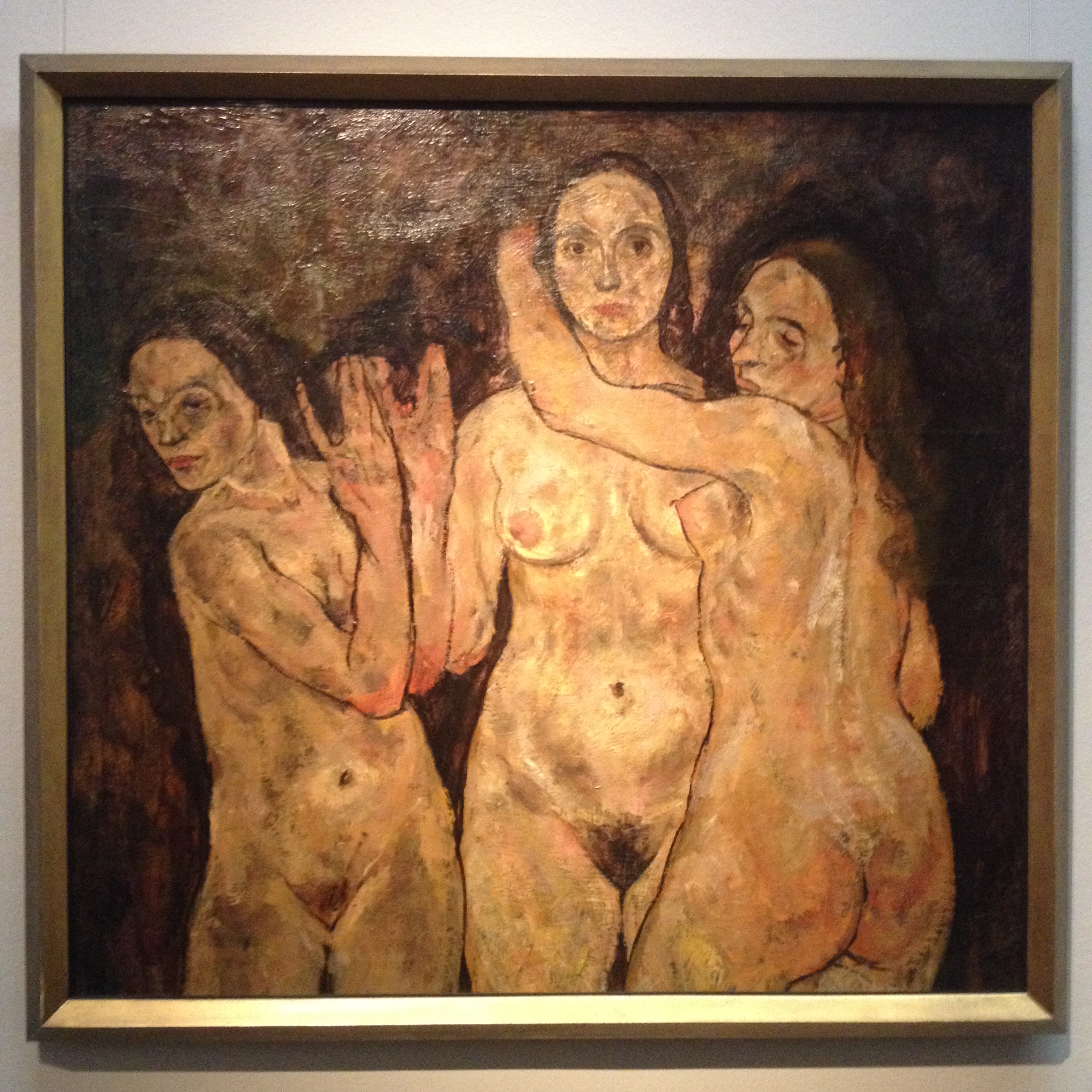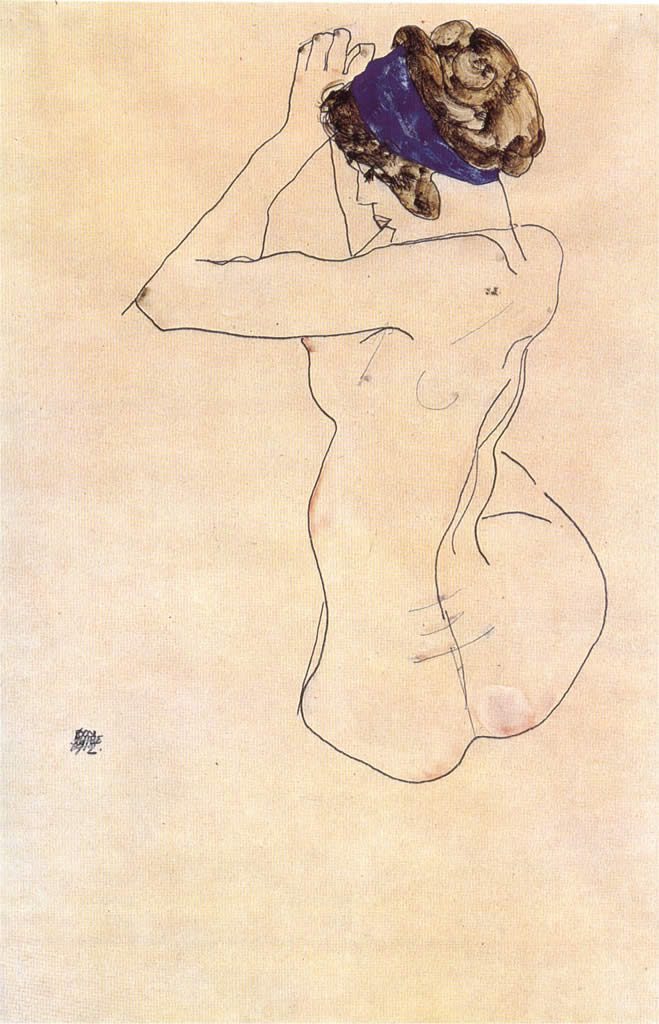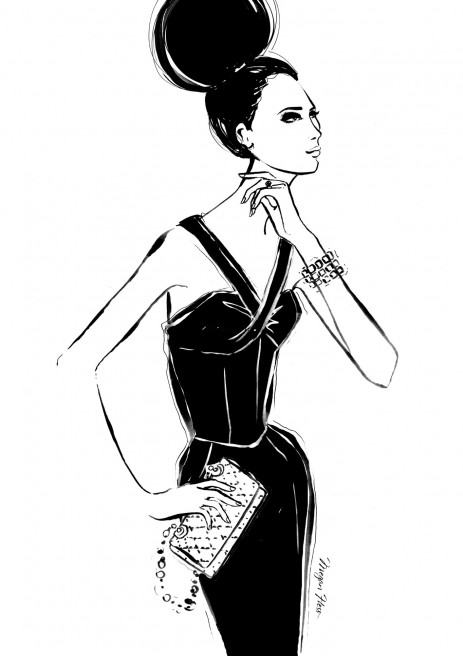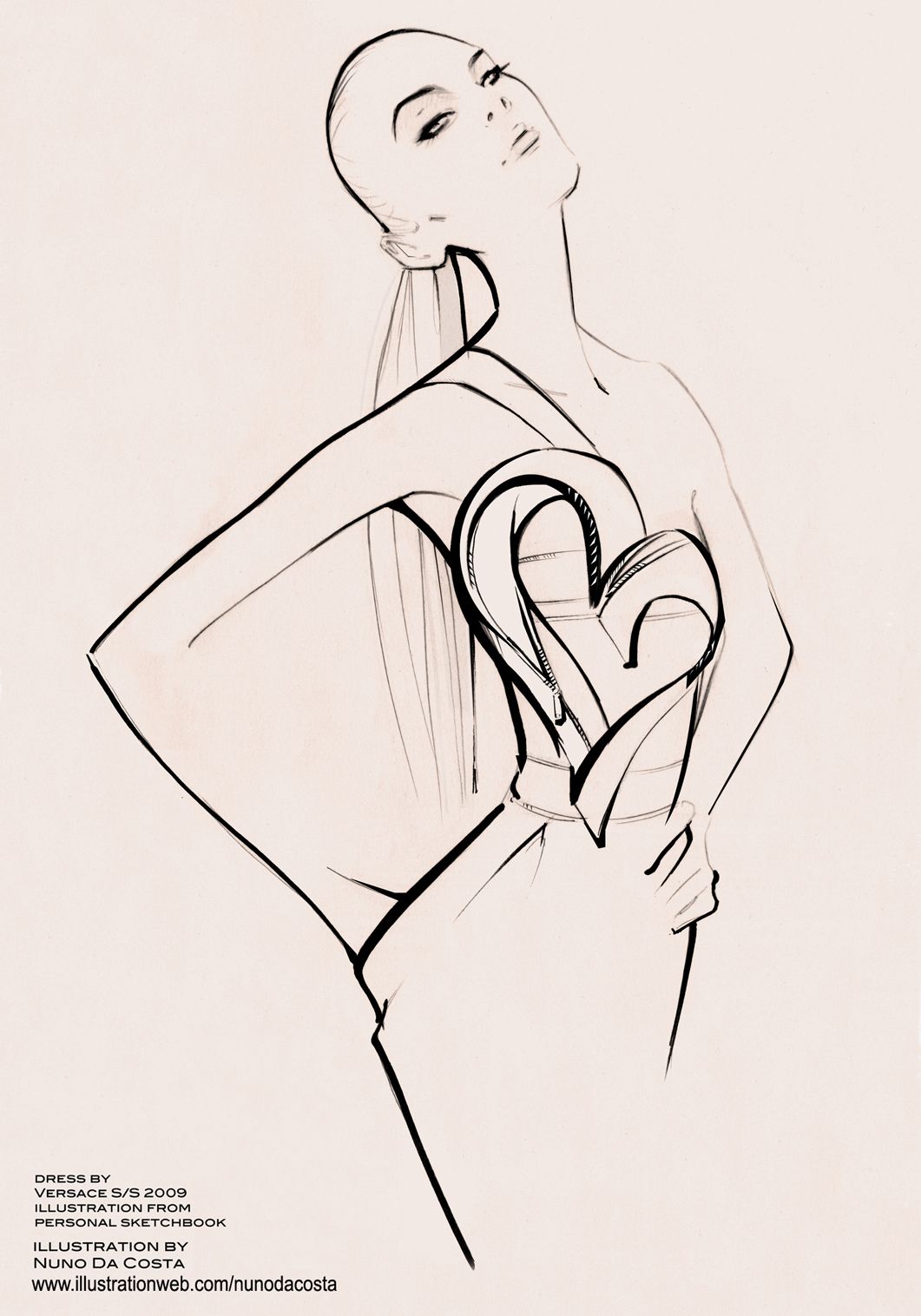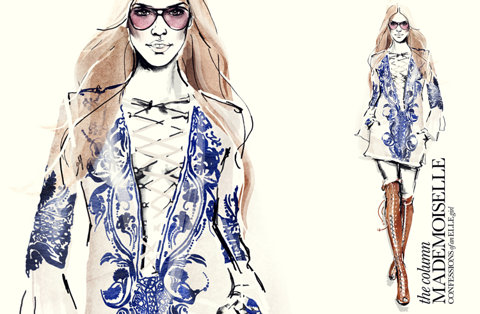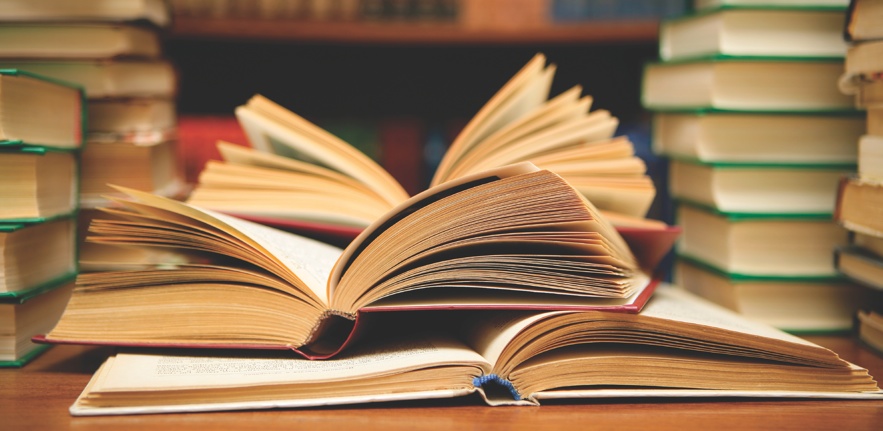
Previous headliners include Manic Street Preachers, Catfish and the Bottlemen, James Bay, Beck and so many more! Now on it’s 5th year, the highly anticipated and forever growing Festival No.6 is back! A smash hit with the locals and with the artists who come to play here’s four reasons why you should attend North Wales’ most picturesque and talked about festival!
1. Its Stunning Location.
The festival takes place in Portmeirion an Italian inspired village, a frequented place by tourists due to it’s colourful architecture and perfect location. The village sits on the Estuary of the Cambrian coast surrounded either side by sandy beaches and the mountainous snowdonia. There’s no boundaries here: Want to be on the beach? In the woodlands? No.6 has it all, all in one compact location. Fancy escaping the madness of the main arena for a while? Follow the nature trail round the outskirts of the village and get lost in the woodlands for a breath of fresh air (although, be warned there’s a high possibility you might run into a half naked rave or a chilled out acoustic session.) Or spend the day soaking up the sun then head back to the village for a night of music, madness and magic!

2. All the weird and wonderful visitors.
It’s no secret that No.6 attracts those of a more out there lifestyle, the vibrancy of the
festival brings out the more spirited and colourful of personalities! But don’t let this intimidate you, the friendly faces and welcoming mix of campers will have you embracing your inner hippy in no time! Take this chance to let go and relax around those that are carefree and are making the most of their weekend. Meet people from all over the country that come to a festival ready to dance the night away and those who are happy to sit in the village and take in the stunning scenery and cultural entertainment!
3. There’s something in it for everyone.
This year’s headliners are Bastille, Hot Chip and Noel Gallagher’s High flying birds and if that isn’t enough to tempt you then keep an eye out for all the other incredible talent coming in all sorts of mediums! There’s Choirs, theatre, comedy, food, health and healing! If there’s a festival that transforms you from one location to another and does it so well it’s No.6. Want to cure that hangover? Why not hit up a morning yoga session tho prepare your body for the evening of crazy dancing in one of the festival’s DJ tents. No matter whether you’re with friends, a partner or your family it’s clear this festival caters for everyone. Not only is there a pix’n’mix of entertainment but just because it’s a festival doesn’t mean you have to camp in an old tent from your garage. Why not try out Boutique camping? One of the rooms in Castell Deudraeth or grab yourself an already set up tent to save you the hassle!

4. The Awards
A Festival like no other, it’s uniqueness and conversion into a world like no other it’s certainly had the recognition it deserves. No.6 has been nominated each year since it’s creation for UK’s Best Small Festival and then went on to win it in 2015, but it doesn’t stop there. It’s also won UK’s Best New Festival (2012), UK’s Best Festival Line-Up (2014) and NME’s Best Small Festival in 2013!
There is so much to this funky festival that it’s hard to describe its overwhelming dynamic in such a short article! If you want to find more information then check out their website festivalnumber6.com or their Facebook page https://www.facebook.com/festivalnumber6/. Honestly, this is a festival you don’t want to miss! With not many tickets left if you can’t make it this year, make sure to make a note of it in your diary for next year!





